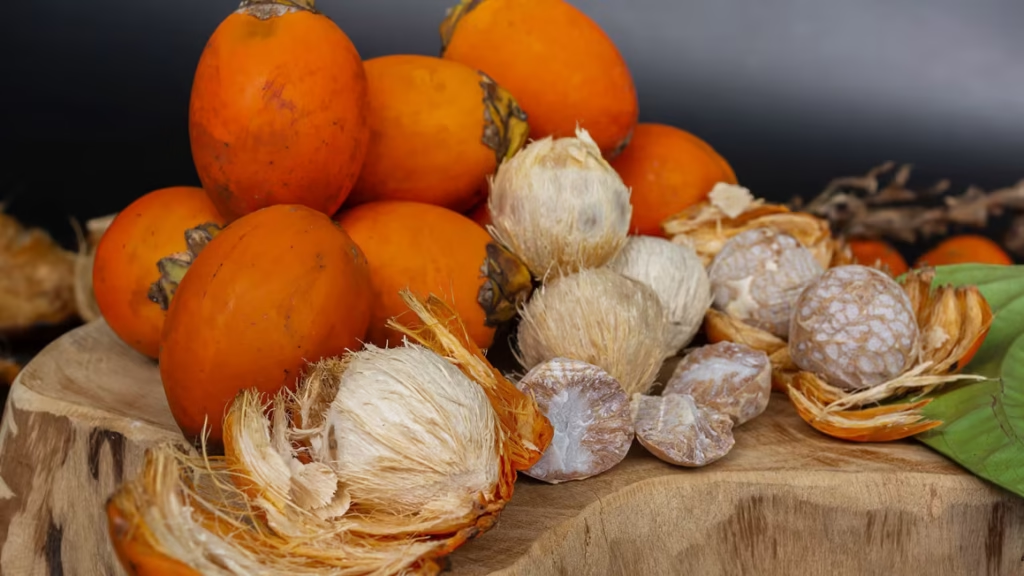A remarkable archaeological discovery in central Thailand has revealed the oldest direct evidence of betel nut chewing in Southeast Asia, dating back nearly 4,000 years. Researchers found chemical traces of betel compounds in the dental plaque of a Bronze Age individual buried at the Nong Ratchawat site, offering new insights into early human habits and cultural practices.
The individual, identified as Burial 11, showed no visible signs of betel use such as tooth staining, which is common among habitual chewers. Instead, scientists used advanced biomolecular techniques to detect the presence of arecoline and arecaidine—compounds found in areca nuts, which are typically chewed with betel leaves and lime. This marks the first time such evidence has been confirmed through chemical analysis in prehistoric Southeast Asia.
Betel chewing is a traditional practice in many parts of Asia, often used for its stimulating effects and social significance. While previous assumptions were based on indirect signs such as stained teeth or plant residues, this new discovery provides solid scientific confirmation that the habit dates back millennia.
The findings also suggest that betel chewing may have played a role in ceremonial or medicinal contexts, highlighting how ancient communities in Thailand may have incorporated plant-based substances into their daily lives. Despite the decline in modern urban areas, betel chewing remains prevalent among older and rural populations, reflecting a cultural tradition with deep historical roots.
This breakthrough underscores the importance of dental calculus analysis in archaeology, revealing personal behaviors that may not be visible through traditional excavation methods. It also opens the door to further discoveries about ancient diets, health, and social customs across the region.


